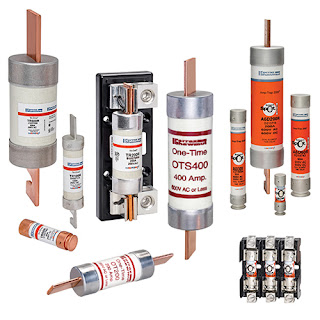Molex Expands Customization, Modification and Extensions for Mini-Fit® Portfolio and KK® System
Molex Incorporated offers an expanded range of customization, modification and extension (CME) capabilities on variations of its Mini-Fit® product offerings and KK® system of “building block” connectors for small pitch, high current, high density applications. CME versions of the Mini-Fit and KK interconnects feature multiple power, circuit count, configuration and size parameters for optimal flexibility in wire-to-wire, wire-to-board, and board-to-board standard offerings and blind mating applications in mid-range power products.
“In an effort to better serve unique and dynamic customer specifications, our global product team has developed a full range of value-added customizations, modifications and extensions for the popular and proven Mini-Fit and KK power connector solutions,” states Corey Schroeder, product manager, Molex. “Depending on the application specifications, a customer’s unique requirements can be achieved swiftly and economically, with only minor tooling modifications or alterations—and minimal to no tooling costs.”
Mini-Fit CME capabilities include, but are not limited to:
“In an effort to better serve unique and dynamic customer specifications, our global product team has developed a full range of value-added customizations, modifications and extensions for the popular and proven Mini-Fit and KK power connector solutions,” states Corey Schroeder, product manager, Molex. “Depending on the application specifications, a customer’s unique requirements can be achieved swiftly and economically, with only minor tooling modifications or alterations—and minimal to no tooling costs.”
Mini-Fit CME capabilities include, but are not limited to:
- Special polarization to differentiate duplicate circuit sizes
- Custom molds for housings and receptacles
- Longer tails for thicker printed circuit boards
- Latch-less, dual side latching, slide-n-lock
- First-mate, last-break contacts
- Custom panel mounts
- Colored housings


Comments